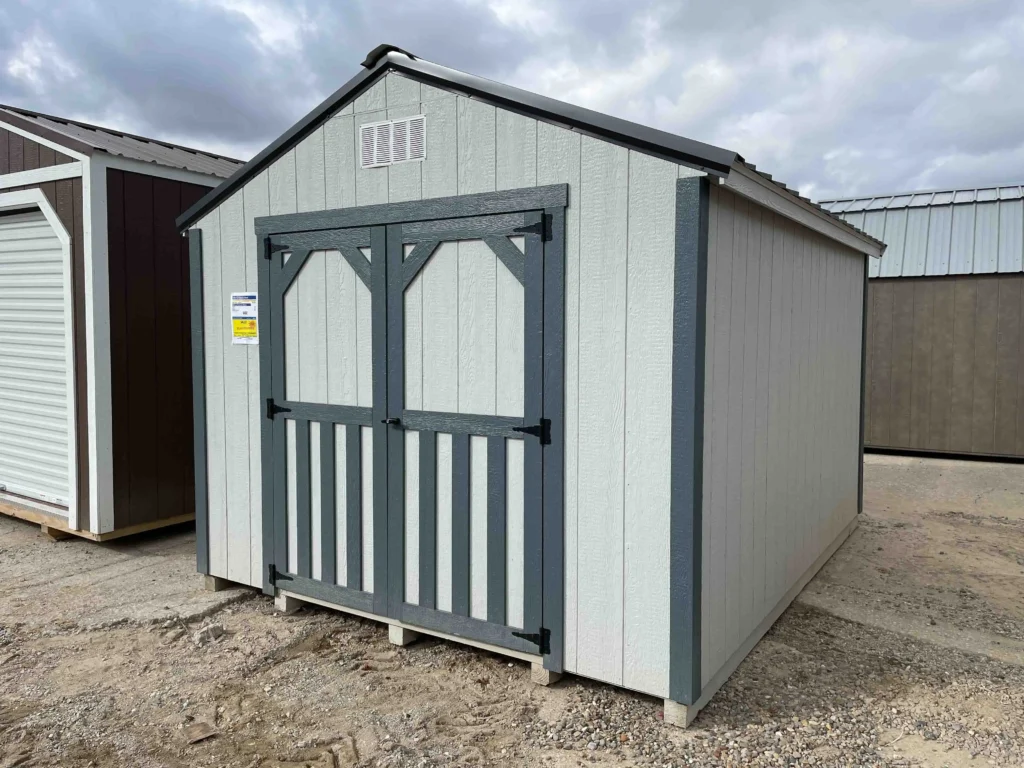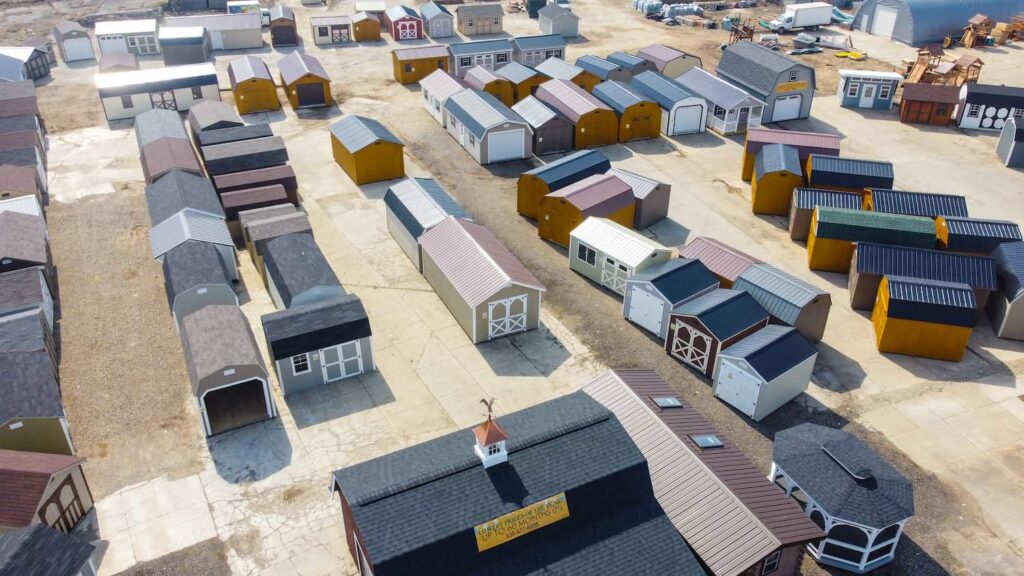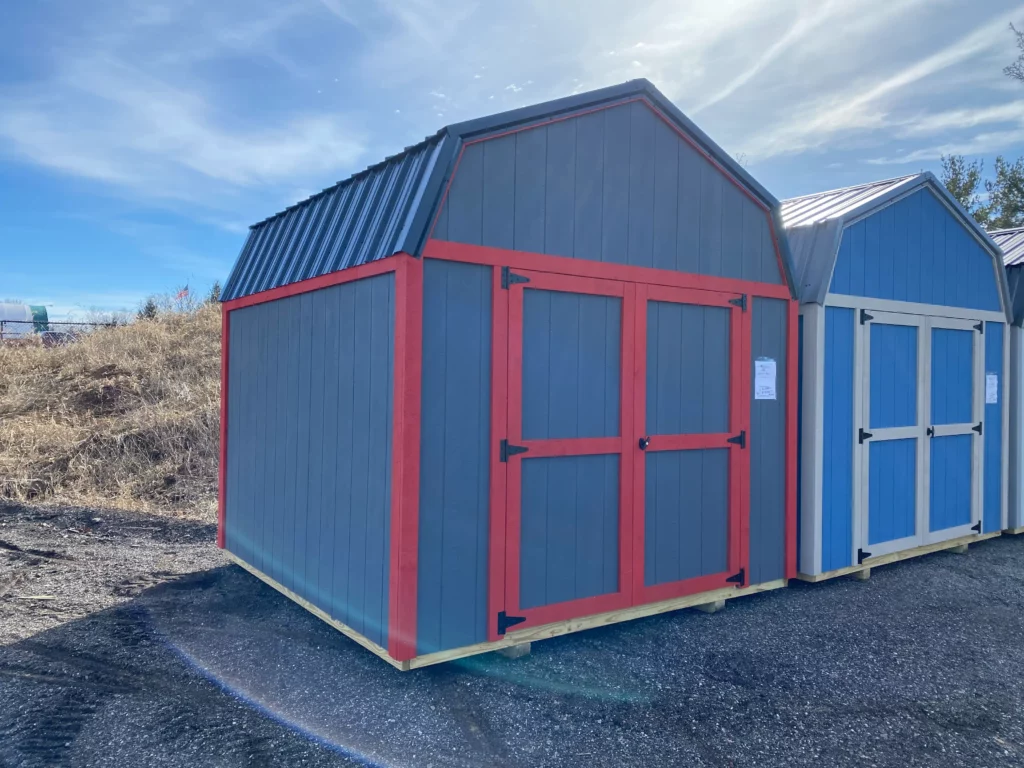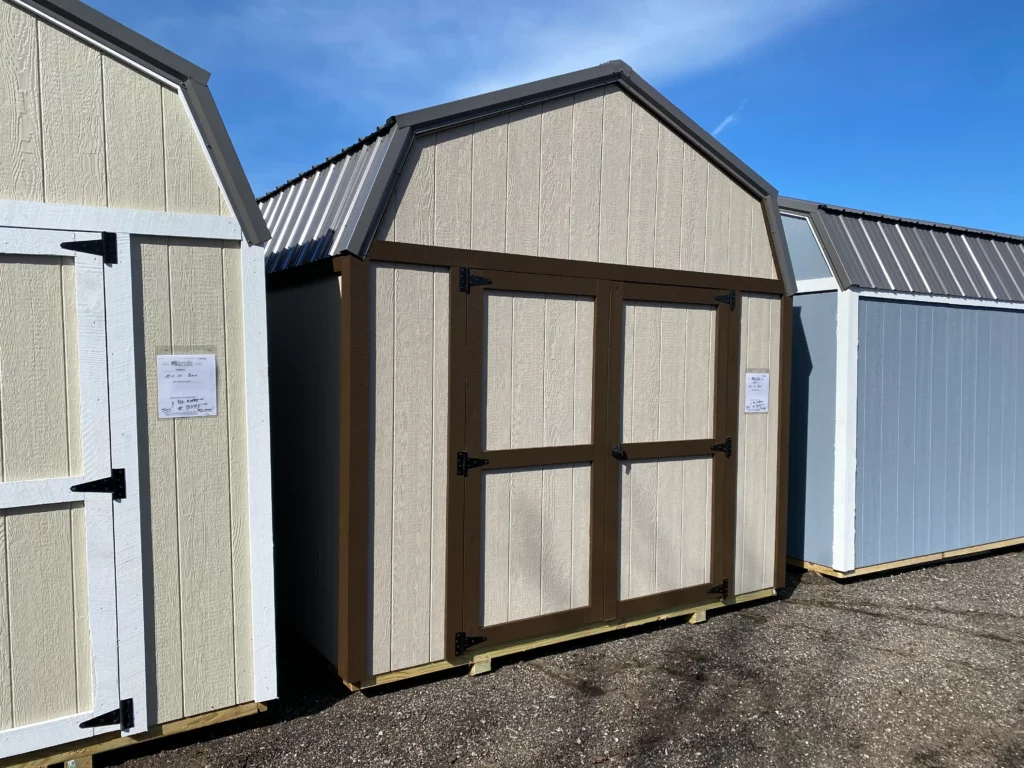Who Can Move a Storage Shed
Whether you’re relocating, upgrading your landscape, or making space for new construction, moving a storage shed is a significant project. These structures are heavy and often awkward, requiring specific techniques and equipment for safe and legal relocation. Understanding who can move a storage shed helps protect your investment and ensures your property remains undamaged.
This guide outlines various options for relocating a shed—from professional movers to DIY efforts—while addressing permits, transportation logistics, and common pitfalls. With the right strategy, you can relocate your shed without compromising its structure or usability.

When Does a Shed Need to Be Moved?
There are several reasons to move a shed. It might obstruct another structure, sit too close to a property line, or interfere with landscaping plans. Sometimes, a homeowner simply wants to reposition it for better accessibility or aesthetics.
Regardless of the motivation, shed relocation involves assessing size, construction materials, and the terrain between current and new locations. Planning ensures the move proceeds smoothly and complies with local codes.
Can You Move It Yourself?
Homeowners sometimes move small sheds themselves, especially if the structure is lightweight and the distance short. Basic equipment like rollers, jacks, and trailers may suffice. However, moving even a modest-sized shed without proper planning can lead to damage or injury.
Larger sheds, or those constructed from heavier materials, are best moved by professionals. These structures require dismantling or heavy machinery, which makes professional assistance both safer and more efficient.

Who Can Professionally Move a Shed?
Professional shed movers specialize in relocating prefab or custom sheds using hydraulic trailers, forklifts, and cranes. They ensure your shed remains intact during transport and is reinstalled correctly at its destination.
Companies such as Hartville Outdoor Products not only build quality sheds but can also assist with relocation. Regional moving firms sometimes offer these services or partner with shed transport specialists.
If your shed is especially large or customized, you may need to hire a modular building mover—professionals who transport tiny homes, barns, or similarly constructed units.
What Does the Process Look Like?
The process begins with a site inspection. Movers evaluate the shed’s dimensions, structure, and surroundings, looking for obstacles like fences or trees. Then, they lift the shed with jacks and secure it onto a trailer.
Once transported, the movers place the shed on a pre-prepared foundation, level it, and make necessary adjustments. The process usually takes several hours but varies based on complexity.
You can learn more about this process from Angi’s guide on shed moving, which outlines practical steps and safety tips.

Legal and Permit Considerations
Before any shed is moved, check with your local building or zoning department. Permits may be required for relocation, especially if the structure crosses public roads or is installed at a new site.
Additionally, there may be restrictions on shed size and placement at the destination. Transporting oversized structures often requires vehicle permits and may even need escort services. Professional movers typically handle these logistics.
Costs Involved in Shed Moving
Costs vary depending on the shed’s size, weight, and the move’s distance. Short-distance, in-yard moves may cost between $200 and $500. Long-distance or more complex moves can exceed $5,000.
Other factors include:
- Equipment needs (cranes or forklifts)
- Terrain challenges
- Permit costs
- Labor fees
Get multiple quotes from reputable movers and confirm they are insured.

What Can Go Wrong?
Poorly executed moves can result in structural damage. A shed that isn’t supported evenly during lifting can warp, crack, or lose integrity. Interior fixtures like shelving or wiring might also suffer damage.
Landscaping and hardscaping elements can be damaged if paths aren’t cleared. Failing to acquire permits could result in fines or delays. Working with experienced, insured movers helps prevent these issues.
Alternatives to Shed Moving
When relocation isn’t feasible, consider other options. Dismantling and reassembling may be more practical for large or old sheds. Alternatively, you can sell or give away the structure online, with the buyer responsible for the move.
If you’re upgrading, Hartville Outdoor Products offers new, customizable sheds and may even offer trade-in programs. In some cases, a new shed might be more cost-effective than moving an aging one.

Choosing the Right Moving Professional
When hiring a mover, check their experience with sheds and modular structures. Look for companies with positive reviews, transparent pricing, and valid insurance.
Ask for a written quote and project timeline. Confirm that all permits and safety standards will be handled. The best movers will guide you through every phase of the relocation.
Conclusion
Who can move a storage shed? The answer depends on the size, construction, and complexity of your project. Small sheds can be moved by experienced DIYers, but larger structures should be left to professional movers.
Understand the logistics, legal requirements, and potential risks involved in moving a shed. For professional advice or to explore high-quality prefab options, visit Hartville Outdoor Products. With proper planning and help, you can relocate your shed safely and efficiently.
